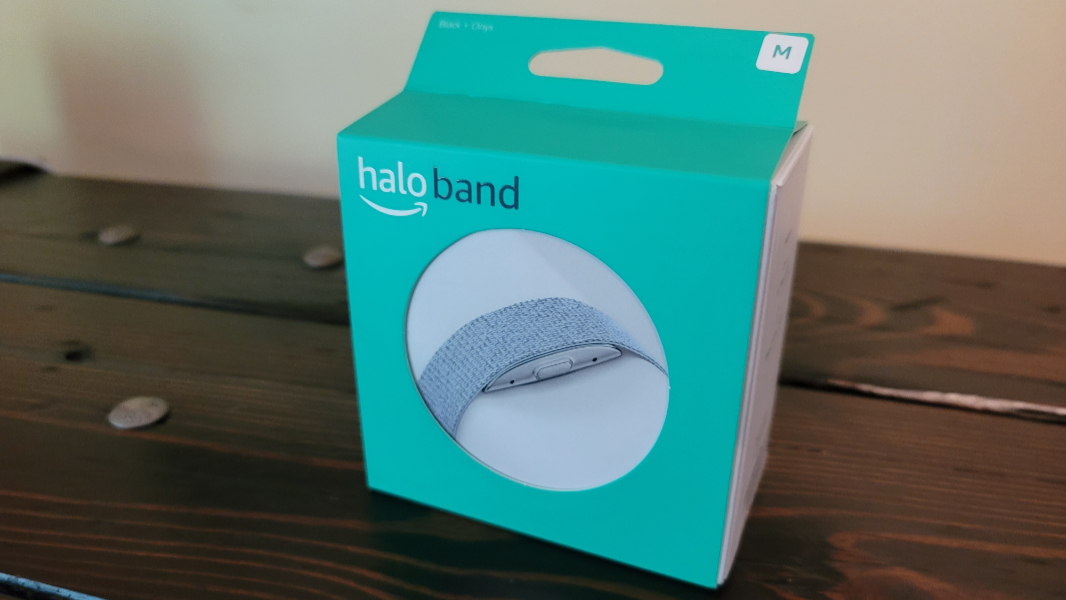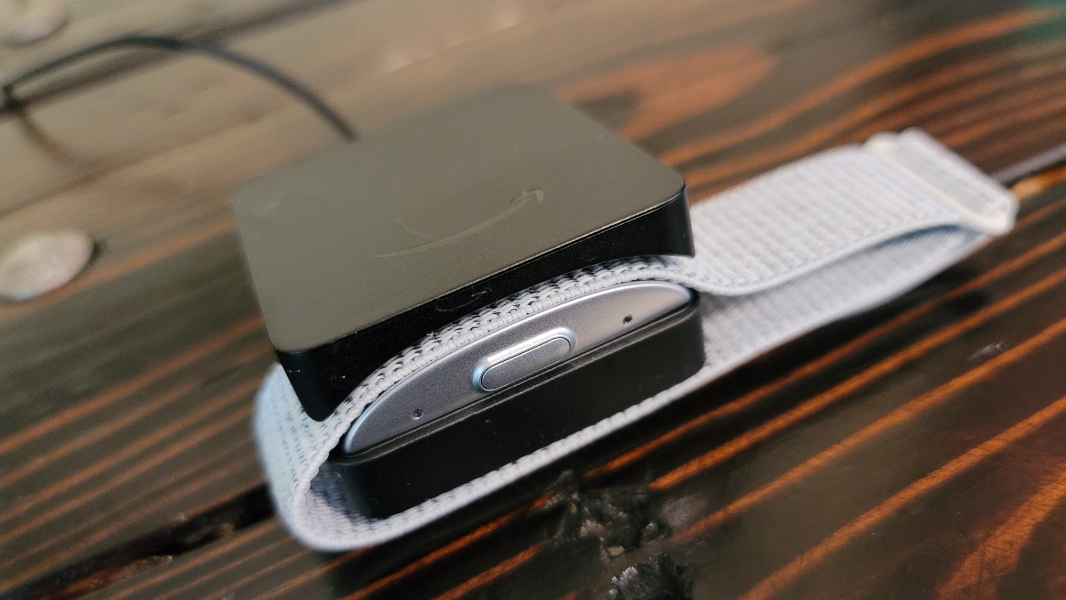Amazon Halo First Impressions
- Paul Thurrott
- Sep 16, 2020
-
19

The Amazon Halo is the anti-Apple Watch, a fitness band with no display and some understandable privacy concerns. But as a long-time wearable user, I am intrigued by how Amazon and its quirky, low-cost ways could possibly change this market. And I had to jump at the chance to give the Halo a shot.
I’ve been using a Fitbit Charge 3 for almost two years and I can’t describe my relationship with it as love/hate, since there’s little I truly love about the device. I upgraded to it from a smaller Fitbit Alta because it was the first Fitbit wearable with a SpO2 sensor, and it had supposedly more accurate calorie burn and resting heart measurements than its predecessors. But I’ve struggled with the Charge 3; the display is too dim to easily see in the gym, its sync reliability has been an ongoing challenge, and its not clear how accurate some of its measurements are.
Windows Intelligence In Your Inbox
Sign up for our new free newsletter to get three time-saving tips each Friday — and get free copies of Paul Thurrott's Windows 11 and Windows 10 Field Guides (normally $9.99) as a special welcome gift!
"*" indicates required fields
Point being, I’m shopping around. And I’m ready for a change.
I briefly tried a Samsung Fit last year, and while I liked its color display, I wasn’t a fan of the small strap and being forced to use Samsung Health. I’ve almost pulled the trigger on an Apple Watch several times over the past year, and this week’s announcement of the Series 6, with its blood oxygen sensor and new solo strap options only makes that a more compelling option; I just wish it had an Android app. And I do have a Fitbit Sense smartwatch on preorder, based on my wife’s success with a Versa 2, its color display, and coming ECG capabilities. But I’m second-thinking that, of course, in part because of my extensive and not-so-positive Fitbit experiences. (That Google may acquire this firm does not concern me, but I get it.)

And then there’s the Amazon Halo, which seemed to come out of the blue, both in that it was entirely unexpected and in its unusual, no-display form factor.

As is the case with other fitness trackers and wearables, the Halo doesn’t stand on its own: The backend service and mobile app are key aspects of the overall experience. But the device itself is reminiscent of other trackers and wearables if you overlook its lack of a display: It’s basically an oblong module with sensors underneath it connected to a strap. That strap is a fabric material, but Amazon does (or will soon) offer replacements with different materials, like silicone, clasp types, and colors.
There’s also a rather large USB-based charging clip. It charges to 100 percent in 90 minutes, Amazon says.

The Halo device is waterproof to 50 meters and can be used swimming. The battery life varies wildly depending on whether you use a controversial software feature called Tone: It’s up to 2 days with Tone enabled, but up to 7 with it disabled.
So we should discuss Tone and the Halo’s other software and services. This is where things get interesting.
To get started with the Halo, you need to first install the Amazon Halo app on your smartphone. This app takes the data that the band measures—activity, sleep, and, if enabled, tone of voice, plus your body composition (which you configure in the mobile app)—and provides a dashboard-like overview of your overall health. And as Microsoft promised with its own Band but never delivered, it will allegedly then help you build better habits for better health.

How this all works is something I’ll save for the review, since I’ll need time to actually use it. But there are some interesting aspects to Amazon’s approach that deserve at least brief mentions.
First, because Halo doesn’t have a display, it will have to rely on some combination of voice commands, in-app activity tracking (which would be tedious), and/or automatic tracking. At least I assume so.
Second, the body composition feature requires you to use your smartphone’s camera to literally scan your body photographically, ideally while wearing as little clothing as possible. This, Amazon says, will result in a true measure of body fat percentage, which it says is a better indicator of health than the more typical BMI (body mass index) measurement alone. It will then build a 3D model of your body in the app, which you can rotate, and show you what you could look like if you lost different amounts of weight. This feature makes me vaguely queasy, and I suspect it will have a similar effect on most others who need to lose weight.
Finally, there’s that Tone feature. If enabled, Halo will analyze your voice when you speak throughout the day and help you understand how you sound to others: This, Amazon says, can help you moderate your attitude (OK, I’m paraphrasing) and maybe reduce stress. I don’t know. But I’ll test it with the assumption that I’ll eventually want to disable this (if only for the battery life gains.)

Amazon Halo will eventually cost $99.99, and that purchase will include a six-month subscription to the Halo service, which will cost $3.99 per month after that. It comes in three colors—black/onyx, blush/rose gold, and winter/silver—and in three sizes (small, medium, and large). I was able to obtain Halo during its early access period, however, so I paid $64.99 (and got the same six months of service). If you want to give it a shot too, you can sign-up on the Halo’s product page on Amazon.com.
More soon. Here goes nothing.